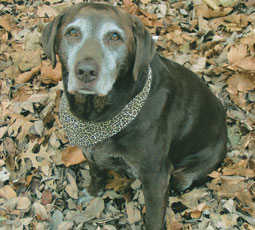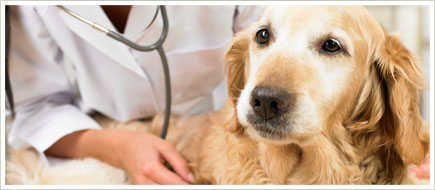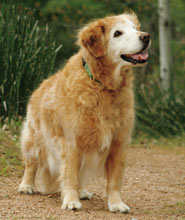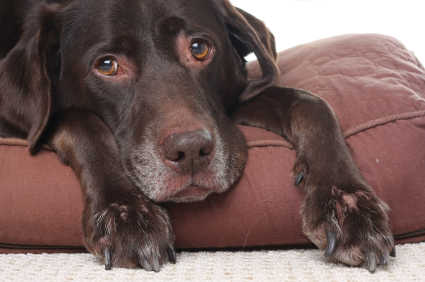Author: Zemira
-

More on the Caring and Feeding of Your Senior Dog
•
Not every Older Dog is Fat! A reduced calorie senior dog food is obviously not a good choice for a pet that is either at a good weight or is too thin. As the case with people, your dogs diet should meet his individual nutritional requirments, which may or may…
-

Why Does My Senior Dog Eat Grass?
•
Biologist have told us that canids-dogs, wild dogs, wolves , etc, All, eat grass, as a normal part of its diet. So its important to recognize that attempting to prevent your little guy from eating grass is not necessary, unless your lawn has been treated with insecticides, or some kind…
-

What Your Breeds Says About YOU!
•
Bulldogs Bulldogs are determined, persistent, and do not give up easily. People who own bull dogs are said to be silly and love to laugh, but can be viewed as stubborn at times. They are extremely efficient and methodical in completing jobs. Bull dogs are gentle. Owners tend to be…
-
Excercise and Older Pets
•
All of a sudden one day you notice the shining white (grey)creeping into your dogs muzzle . He sleeps a little more carefully now but most time seems to be just as energetic. What is wrong-nothing. He is just aging. Happens to us all. If you have not already, now is…
-

What Causes Pet Cancer?
•
Enviormental and Food Toxins Do a screening of your household. Exposure to chemicals in the enviorment and even small doses of chemical additives and preservatives can build up and be carcinogenic. Look around your house and get rid of any toxins. You can read labels and it will tell you…
-

Cancer in Older Dogs
•
Dogs can get cancer at roughly the same age as humans. Some cancers are preventable by spaying and neutering, others are not. A diagnosis of cancer may be based on x-rays, blood tests, physical appearance of lumps and other physical signs. The ultimate test is thorugh a biopsy. Top Ten…
-

Things You Should Do For Your Senior Dog
•
1) See your vet more often, not less. Partner with your vet to ensure that your pets quality of life is comfortable, and at its best Vaccine requirements change as your dog ages. Make sure to have a plan with your vet. Ask your vet about hospice care, when you are…
-

The Best Dog Beds for Seniors
•
Senior Dogs sleep A lot. The worst thing you can do , is have an uncomfortable bed. Choosing the right bed needs consideration for some issues that are unique to the “senior” dog. Good padding and support will give support and comfort to old bones. As dogs age, they loose muscle…
-
Seniors with Arthritis
•
Arthritis, Arthritis-the dreaded stiffness in joints that seniors experience as they age.I certainly have noticed that getting up in the morning is a delicate, slow, maneuver . What is arthritis and can it be prevented? Arthritis,or inflammation of the joints is a common problem, especially with large breeds, like the…
-
Senior Dogs and Excercise
•
Normally as a dog gets older. their exercise capability and needs change. Make sure , to see a veterinarian for a wellness exam before beginning any new exercise. If you have had your little guy for several years, stick to your regular exercise program . I am a big proponent…
-

Best Food for your Senior Dog
•
I am constantly looking for food that I can feed Chico,, as well as your senior, and most importantly, food that they will eat. Not so easy, I know. The following is what I have found by trail and error, in addition to checking with my vet for the go…
-

What to feed elderly dogs for optimum health
•
There’s definitely reason to panic if your older buddy suddenly stops eating the food he used to love. But relax: these changes are normal in ageing dogs. You will also have to make changes regarding what to feed elderly dogs. But first, how do you know when a dog is…